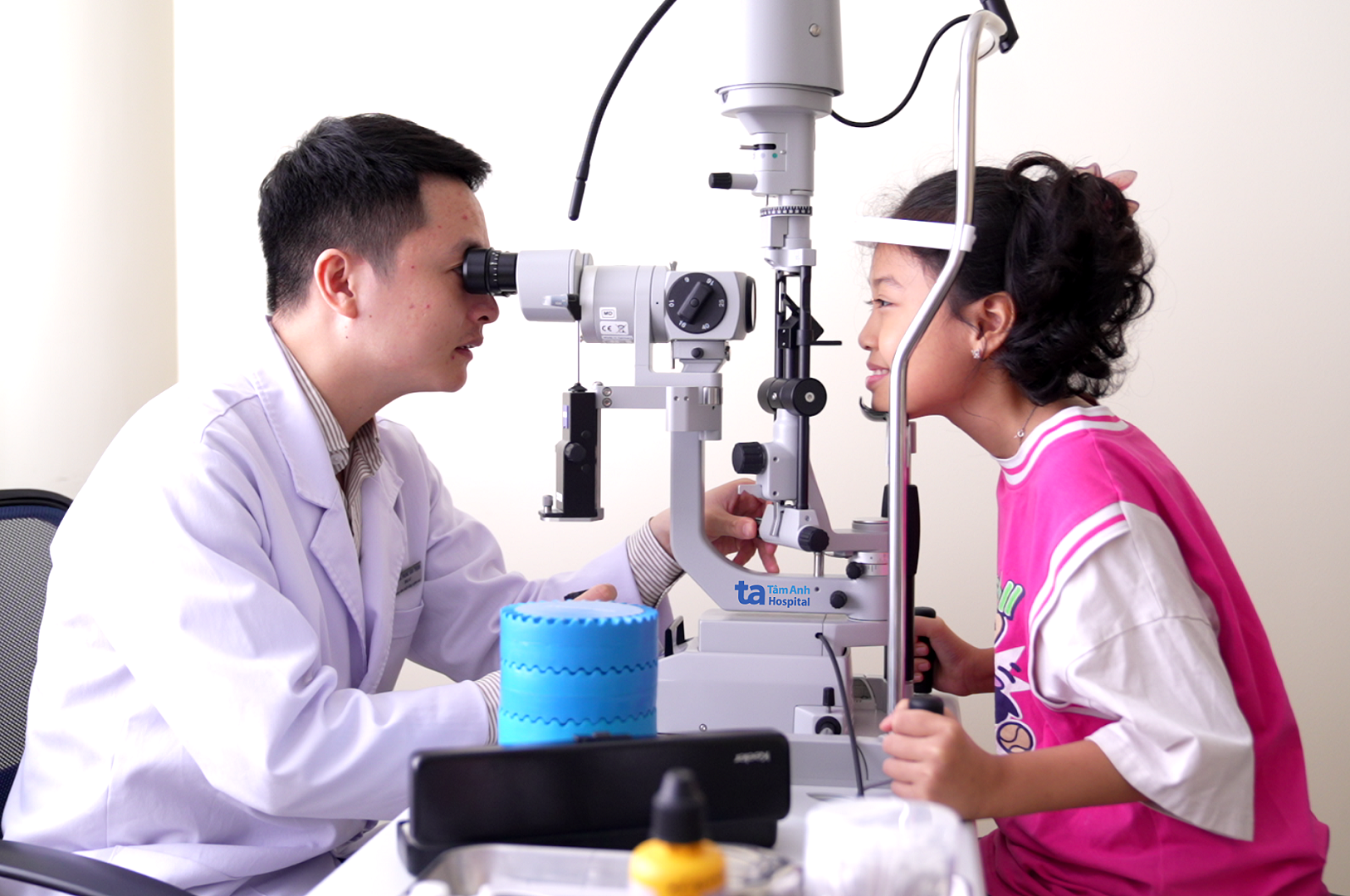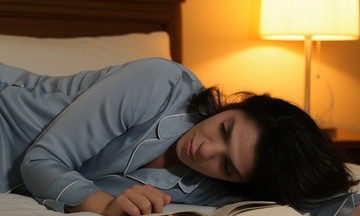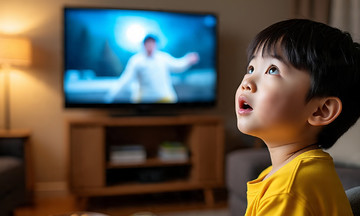Answer:
Hyperopia occurs when the image focuses behind the retina, due to a short eyeball or a cornea that's too flat. Children with hyperopia often have difficulty seeing up close, and they may experience eye strain, headaches, crossed eyes, or watery eyes when focusing.
In fact, most newborns have mild physiological hyperopia because their eyeballs are still short at birth. As children grow, their eyeballs develop, and the image focuses correctly on the retina. This process is called emmetropization. As a result, children with mild hyperopia often experience a gradual reduction in their hyperopia or a complete resolution as they get older.
Children with mild hyperopia (less than 3 diopters), like your child, often show significant improvement between the ages of 3 and 6, as this is when their eyes develop most rapidly. If the congenital hyperopia is severe (usually 3 diopters or more) or accompanied by signs such as crossed eyes, blurred vision, or eye strain when reading or studying, doctors recommend glasses from an early age to prevent amblyopia. This is a condition where one eye doesn't develop proper vision because the brain doesn't register images from the weaker eye.
 |
A doctor checks a girl's vision and refraction. Illustrative photo: Tam Anh Hospital |
For young children with moderate or severe hyperopia or accompanying strabismus, wearing glasses is the most important treatment, and it should be implemented early. Glasses help the eyes see clearly and develop normal vision, especially during the period of visual function development. Wearing glasses with the correct prescription at the right time can prevent amblyopia and associated conditions such as latent strabismus and accommodative esotropia. Children with mild hyperopia should have regular eye exams every 6-12 months to monitor changes in refraction and adjust their glasses as needed. If the hyperopia decreases, the doctor may prescribe glasses with a progressively lower prescription.
In addition to regular eye exams and wearing the correct glasses (if necessary), parents should consider some supportive measures at home, such as encouraging children to spend at least 1-2 hours outdoors every day and limiting their screen time, especially on handheld devices like phones and tablets.
Associate Professor, Doctor Nguyen Thi Thu Hien
Head of Refractive Surgery Department,
High-Tech Eye Center
Tam Anh General Hospital
| Readers can submit questions about eye diseases here for doctors to answer. |












